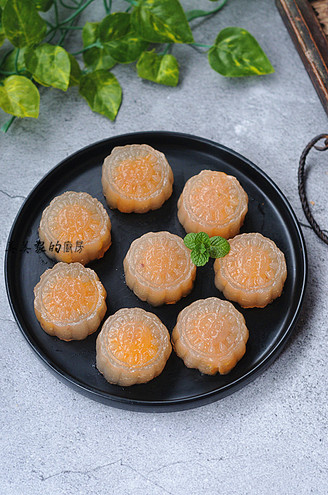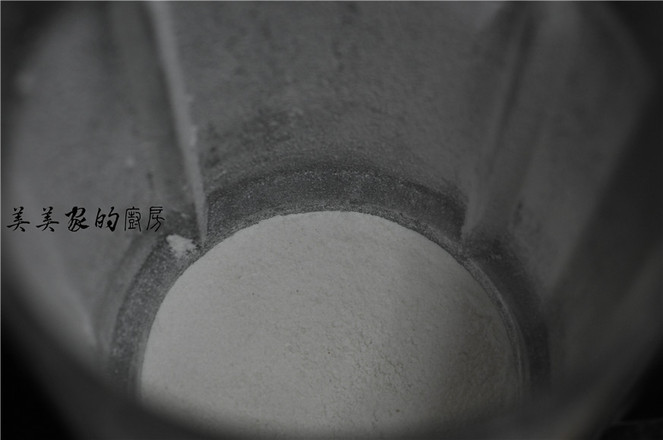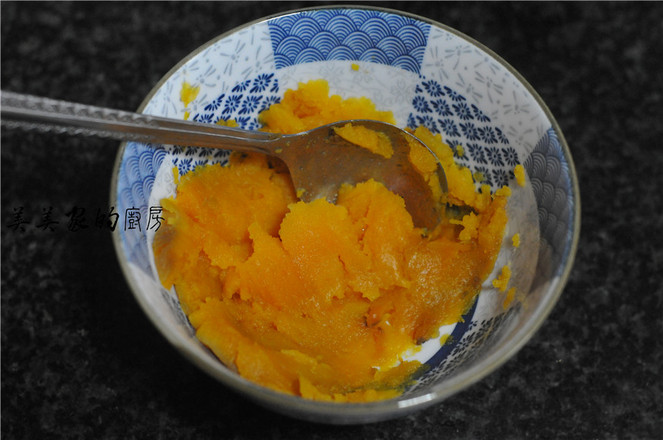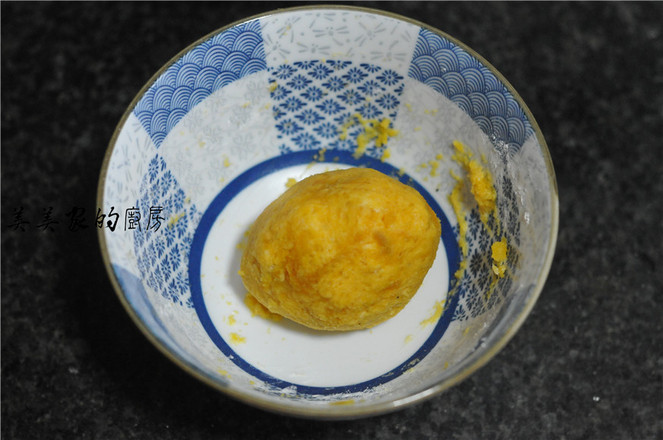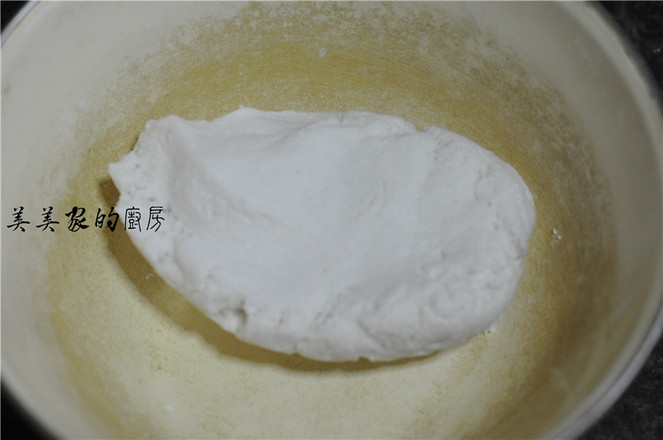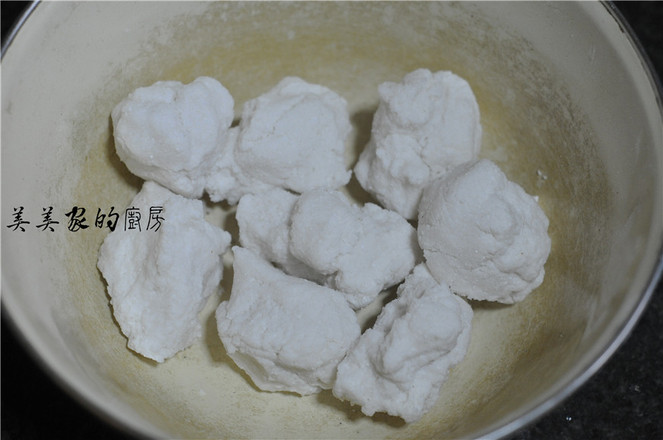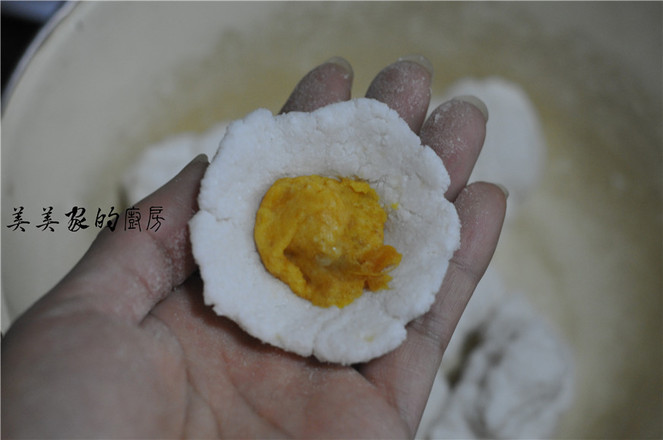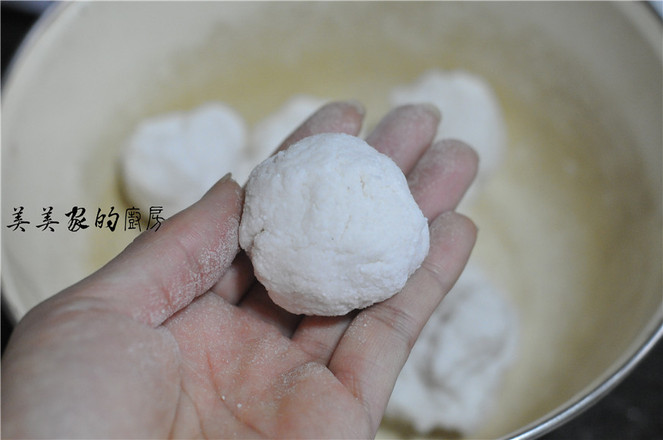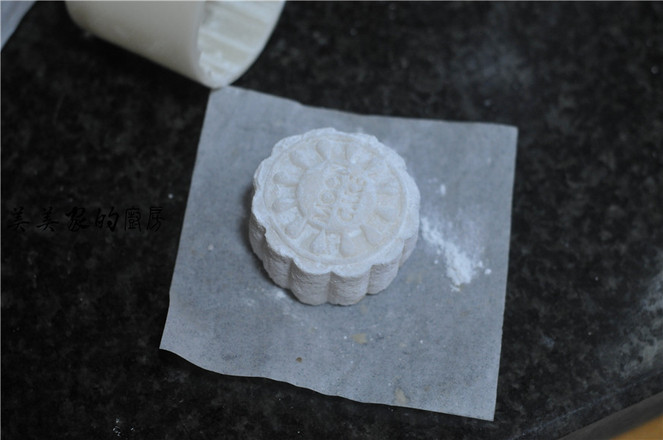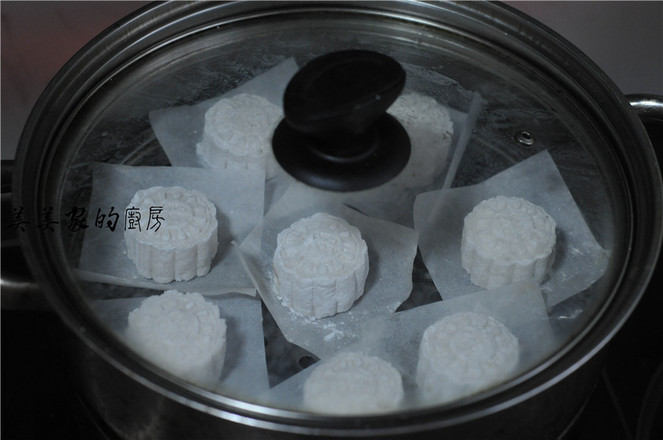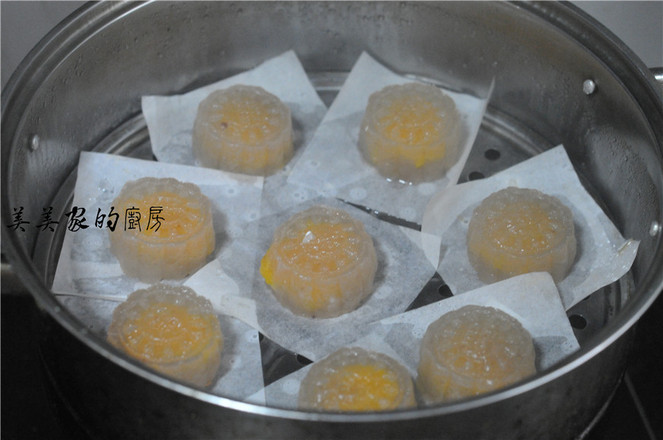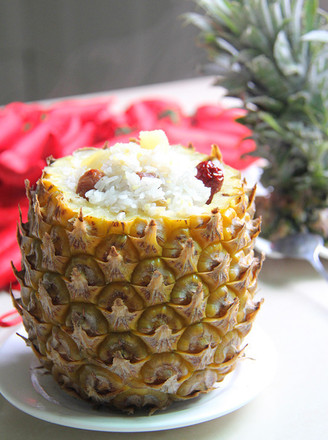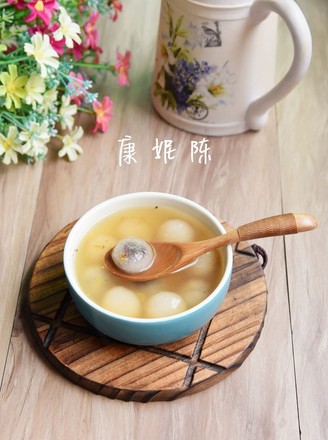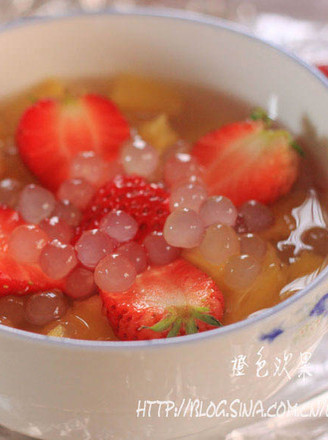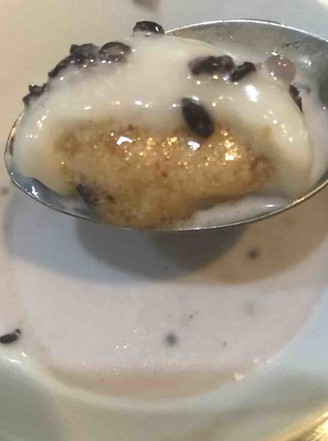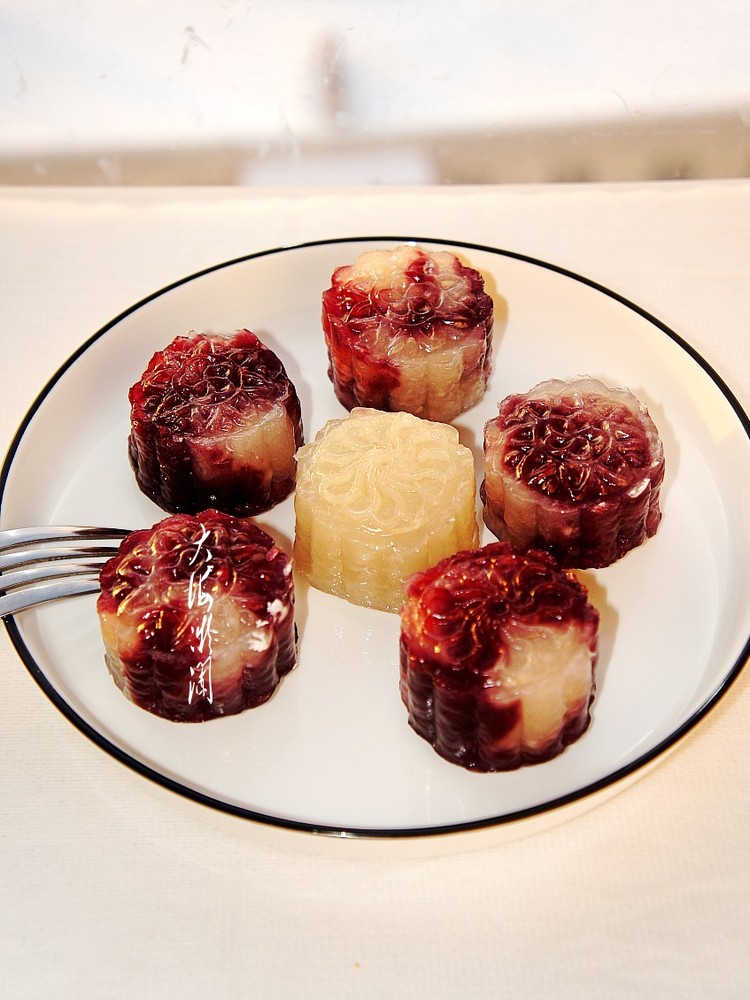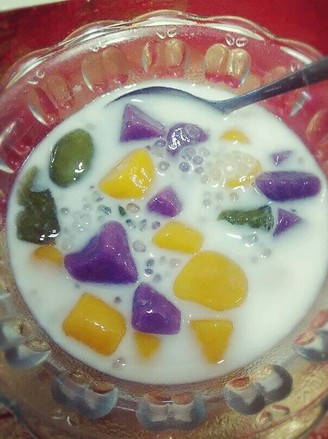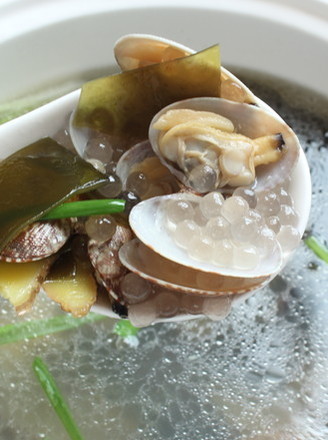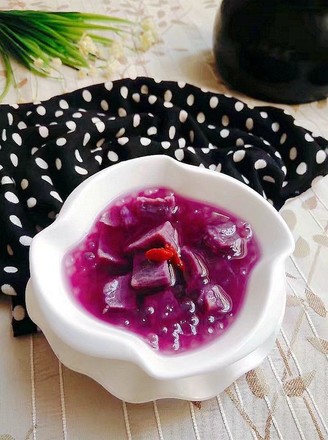Sago Sweet Potato Cake
by Meimeijia's Kitchen
Favorite
Difficulty
Normal
Time
1h
Serving
2
The sunny spring makes people happy! Although I still can't go outside and run and hop happily, but summer is not far away, and the dawn is ahead!
Make a plate of crystal clear snacks to express my joy at this moment. The small snacks are refreshing, enough to surprise the whole spring!
Anyone who is familiar with Meimei knows that Meimei is a "sweet potato fan". He likes to eat sweet potatoes all year round. The big box of sweet potatoes that he stocks in winter is kept in newspapers, but none of them sprouted. During the period of staying at home, I have been tossing various sweet potato delicacies. Among the many practices, my son is especially fond of this. The Q bomb is refreshing, crystal clear, and the taste is very Q bomb. Spring is here, and the child's digestion ability is very fast. , Steamed him a plate every day to relieve his greed.
This dessert is made with sago and sweet potatoes.
Although the name of sago is rice, it is actually not a natural food. It is a kind of artificially processed food. Sago generally includes two types, one is processed from the core or soft core of palm trees, and the other is made from cassava. It is made from cassava flour extracted from the tuber and the tuber, which is a bit like the process of rolling Lantern Festival.
Sago has the effect of invigorating the spleen, nourishing the lungs and resolving phlegm, and has the effect of treating weak spleen and indigestion. It is more suitable for people with weak constitution, indigestion during postpartum recovery, and mental fatigue. Sago also contains plant protein and B vitamins to restore the natural luster of the skin. It can delay cell aging, prevent dry skin, enhance cell activity, improve immunity, and resist fatigue. It is especially suitable for eating in spring. Simply using sago to cook sugar water is a waste. Making it into a dessert can best highlight its Q-bomb taste and crystal clear appearance.
The sweet potato is specially used as the filling, which is not only beautiful in color, but also mainly for the intake of vitamin C in the sweet potato. Vitamin C is a water-soluble vitamin. It does not stay in the body for too long, so it is easier to lack.
Among all kinds of potato foods, sweet potatoes have special nutritional value. In terms of vitamin c content, sweet potatoes contain 30 mg of vitamin c per 100 grams, far exceeding that of apples, grapes, peaches, pears and other fruits.
The advantage of potato food is that no matter how cooking, frying, roasting and other cooking methods will not damage the vitamin c, because the vitamin c contained in it is "combined vitamin c", which has heat-resistant properties, so you can fry and cook as you wish. Deep-fried, the original content can still be maintained. Therefore, fried sweet potato chips, roasted sweet potatoes, potato salad, French fries, etc. can almost be said to contain vitamin C treasures. Make this nutritious and beautiful snack for children in spring!
Make a plate of crystal clear snacks to express my joy at this moment. The small snacks are refreshing, enough to surprise the whole spring!
Anyone who is familiar with Meimei knows that Meimei is a "sweet potato fan". He likes to eat sweet potatoes all year round. The big box of sweet potatoes that he stocks in winter is kept in newspapers, but none of them sprouted. During the period of staying at home, I have been tossing various sweet potato delicacies. Among the many practices, my son is especially fond of this. The Q bomb is refreshing, crystal clear, and the taste is very Q bomb. Spring is here, and the child's digestion ability is very fast. , Steamed him a plate every day to relieve his greed.
This dessert is made with sago and sweet potatoes.
Although the name of sago is rice, it is actually not a natural food. It is a kind of artificially processed food. Sago generally includes two types, one is processed from the core or soft core of palm trees, and the other is made from cassava. It is made from cassava flour extracted from the tuber and the tuber, which is a bit like the process of rolling Lantern Festival.
Sago has the effect of invigorating the spleen, nourishing the lungs and resolving phlegm, and has the effect of treating weak spleen and indigestion. It is more suitable for people with weak constitution, indigestion during postpartum recovery, and mental fatigue. Sago also contains plant protein and B vitamins to restore the natural luster of the skin. It can delay cell aging, prevent dry skin, enhance cell activity, improve immunity, and resist fatigue. It is especially suitable for eating in spring. Simply using sago to cook sugar water is a waste. Making it into a dessert can best highlight its Q-bomb taste and crystal clear appearance.
The sweet potato is specially used as the filling, which is not only beautiful in color, but also mainly for the intake of vitamin C in the sweet potato. Vitamin C is a water-soluble vitamin. It does not stay in the body for too long, so it is easier to lack.
Among all kinds of potato foods, sweet potatoes have special nutritional value. In terms of vitamin c content, sweet potatoes contain 30 mg of vitamin c per 100 grams, far exceeding that of apples, grapes, peaches, pears and other fruits.
The advantage of potato food is that no matter how cooking, frying, roasting and other cooking methods will not damage the vitamin c, because the vitamin c contained in it is "combined vitamin c", which has heat-resistant properties, so you can fry and cook as you wish. Deep-fried, the original content can still be maintained. Therefore, fried sweet potato chips, roasted sweet potatoes, potato salad, French fries, etc. can almost be said to contain vitamin C treasures. Make this nutritious and beautiful snack for children in spring!

